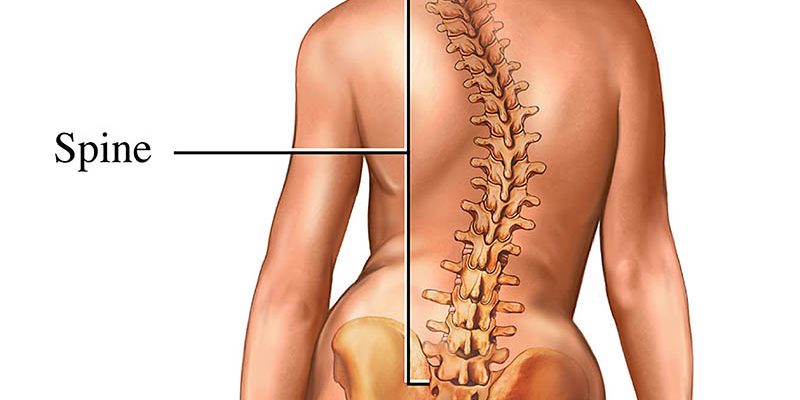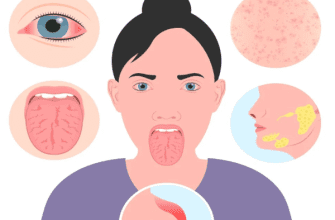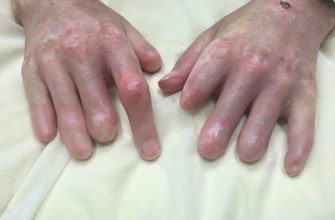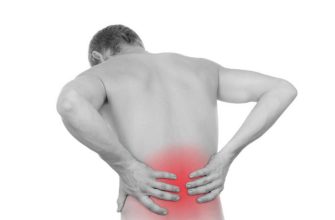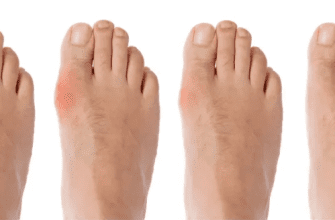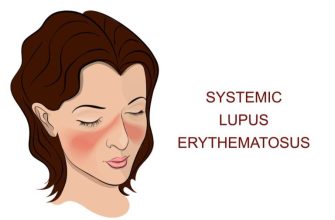Scoliosis: A Comprehensive Guide
What It Is
Scoliosis is a musculoskeletal disorder characterized by an abnormal lateral (side-to-side) curvature of the spine. Instead of a straight line down the middle of the back, a spine with scoliosis curves, often in a “C” or “S” shape. It often involves rotation of the vertebrae, which can cause the ribs to protrude. It is most commonly diagnosed in children and adolescents.
Types
Scoliosis is categorized based on its cause:
- Idiopathic Scoliosis: The most common type (80% of cases), meaning there is no single known cause. It is sub-classified by age of onset:
- Infantile (0-3 years)
- Juvenile (4-10 years)
- Adolescent (11-18 years) – The most common form.
- Congenital Scoliosis: Caused by a malformation of one or more vertebrae during fetal development. The curvature is present at birth.
- Neuromuscular Scoliosis: Caused by underlying neurological or muscular diseases that affect trunk support, such as cerebral palsy, muscular dystrophy, or spinal cord injuries.
- Degenerative Scoliosis (De Novo Scoliosis): Occurs in adults due to wear and tear on the spine (e.g., disc degeneration, arthritis, osteoporosis) and the collapse of vertebrae.
Symptoms
Symptoms vary greatly depending on the severity of the curve.
- Mild Curves may have no obvious symptoms.
- Visible Signs:
- Uneven shoulders or waist.
- One shoulder blade that appears more prominent than the other.
- One hip higher than the other.
- The head is not centered directly above the pelvis.
- A visible curve in the spine.
- The entire body leaning to one side.
- In Adults, pain is a common symptom due to muscle strain, pinched nerves, or arthritis. Numbness, weakness, or sciatica can occur if the curve presses on nerves.
Diagnosis
- Physical Exam: The Adam’s Forward Bend Test is a standard screening tool. The patient bends forward at the waist with arms hanging down. This position makes asymmetry in the back or rib cage (rib hump) more apparent.
- Imaging:
- X-ray: The primary tool for confirmation and monitoring. It confirms the presence and severity of the curve, measured in degrees (Cobb angle).
- MRI or CT Scan: May be ordered if an underlying cause (like a tumor or spinal cord abnormality) is suspected, particularly in atypical cases.
Prevention
There is no known way to prevent idiopathic scoliosis. Early detection is the key to preventing the progression of the curve and more severe treatment. There is no evidence that poor posture, heavy backpacks, or diet cause scoliosis.
Treatment
Treatment is based on the curve’s severity, location, type, and the patient’s bone maturity (growth potential).
- Observation: For mild curves (typically less than 20-25 degrees), especially if the patient has stopped growing. Regular monitoring with X-rays is done to check for progression.
- Bracing: The goal is to prevent progression, not to correct the curve. Used for moderate curves (25-45 degrees) in children and adolescents who are still growing. Braces are worn for 13-18 hours a day until growth stops.
- Physical Therapy: Specific exercises, like the Schroth method, can help improve posture, muscle strength, and breathing. They are often used as an adjunct to other treatments but are not a standalone cure.
Types of Surgery
Surgery is recommended for severe curves (typically over 45-50 degrees) that are likely to progress or are causing significant pain or cardiopulmonary issues.
- Spinal Fusion: The most common surgery. Surgeons connect (fuse) the curved vertebrae together so they heal into a single, solid bone. Metal rods, hooks, screws, and wires are used to hold the spine straight until the fusion happens. This stops progression and reduces the curve.
- Vertebral Body Tethering (VBT): A newer, growth-friendly procedure for adolescents. A strong cord is attached to the spine along the curve’s outside. As the child grows, the tether straightens the spine and allows for continued motion in the spine, unlike fusion. It is not suitable for all patients.
- ApiFix® System: A less invasive, motion-preserving implant for adolescents.
Prognosis
- Children/Adolescents: The prognosis is generally excellent. Most mild curves require only observation. Bracing is successful in halting progression in many cases. Surgical outcomes are very good, with high patient satisfaction and significant curve correction.
- Adults: Prognosis depends on the severity and cause. Pain from degenerative scoliosis can often be managed with physical therapy, injections, and pain medication. Surgery in adults is more complex but can be very effective for relieving nerve pressure and stabilizing the spine.
Warning Signs & When to See a Doctor
Schedule an appointment with a pediatrician, primary care doctor, or an orthopedic surgeon specializing in spines if you notice any of the following, especially in a growing child:
- Uneven shoulders, hips, or waist.
- A prominent shoulder blade.
- A visible curve in the spine.
- Leaning to one side.
- Complaints of back pain, numbness, or weakness (more common in adults).
